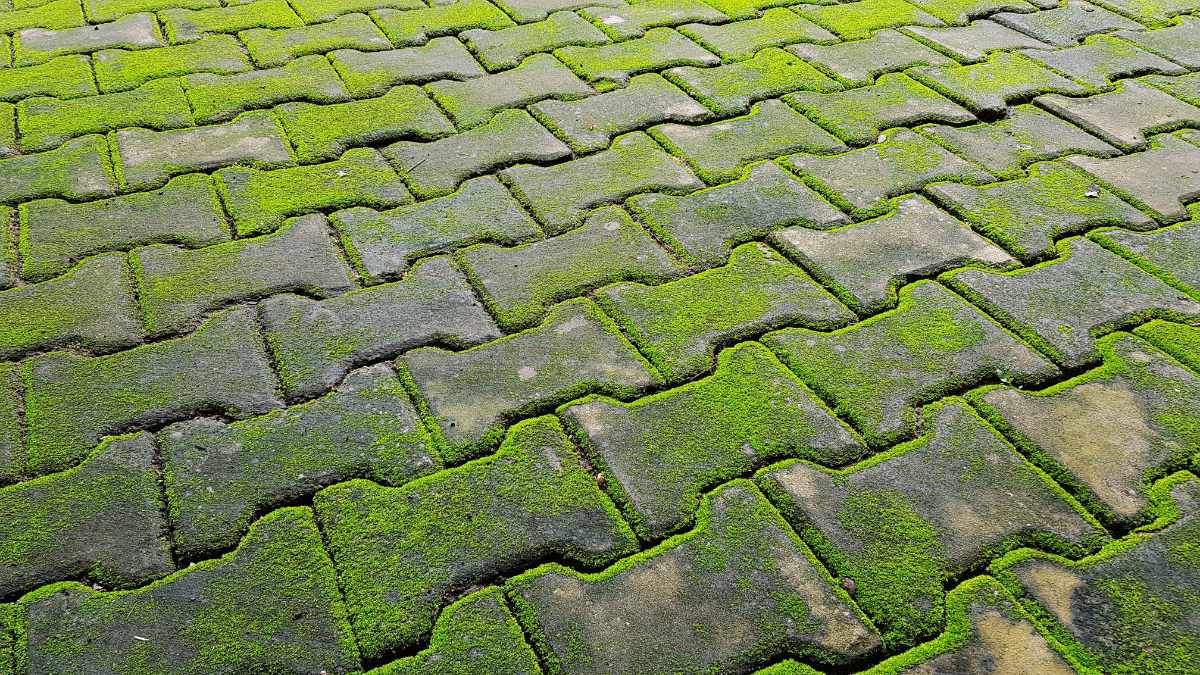Our companies are backed by the Five Star Guarantee. Call one today!
Whether you’re dealing with small nail holes or larger holes from doorknobs or other mishaps, fixing a hole in your wall is a relatively simple process that can be done with just a few basic tools and materials. The following steps will guide you through patching a hole in drywall, from cutting out the damaged section to sanding and painting the repaired area. Whether you’re a DIY beginner or an experienced handyman, this tutorial will provide you with all the information you need to patch a hole in drywall.
How Do You Patch a Hole in Drywall
If you only have a small hole in the wall, you can patch it with a lightweight wall spackle. Once it dries, you can touch up the paint to make it disappear. However, patching larger holes will take a little more work. But you can easily patch a hole in drywall with a little patience and some basic supplies.
Supplies You Need To Repair Drywall
Here are the basics you need to repair a hole in drywall, but the exact supplies will depend on the size of the hole.
- Wall spackle or joint compound
- Drywall or joint tape
- Drywall patch
- Putty knife
- Sandpaper
- Primer
- Paint
Steps to Patching a Hole in Drywall
Even if you are a DIY beginner, you can repair drywall holes quickly and easily with these steps. While it will take as much as a day to dry in between coats of mud or paint, most drywall repairs only take about an hour of active work to finish.
- Measure the size of the hole, so you know what you need to repair it. For anything less than half an inch, you can use spackle. If the hole is less than two inches, you will need joint or drywall tape. For anything larger, you will need a drywall patch kit.
- Patch small holes using a fast-drying spackle and a putty knife. Press the spackle into the hole, then scrape the knife across the hole for a smooth finish.
- If the hole is less than two inches, put a thin layer of compound around the edges. Then cover it with drywall tape and let it dry for a few minutes. Apply another coat of compound over the tape.
- For holes larger than two inches, cut a self-adhesive drywall repair patch so that it covers it by at least an inch on either side. Stick the patch over the hole, then fill it in with drywall mud or compound. Smooth it out over the surface of the patch and blend it in with the surrounding wall. Be sure to feather the edges of the compound to make it as smooth as possible.
- Wait until the patch is completely dry before continuing. While the exact time will vary depending on the product you use and the size of the hole, this usually takes 24 hours.
- Once the spackle or joint compound is dry, lightly sand the area until it is smooth. For larger drywall holes, you may need to apply another coat of mud to make the surface smooth.
- After patching the hole, you can prime and paint it to match the rest of the wall. Depending on the size of the hole, the color of the paint, and when you last paint, you make need to feather the paint into the rest of the wall or even paint the entire wall to get a perfect match.
How To Repair Large Holes in Drywall
12 inches by 12 inches is usually the largest size patch kit. If you have a hole larger than that, you will need to repair it with a new piece of drywall. Most home improvement stores sell small drywall sheets meant for wall repairs, but you may need a full sheet depending on the damage.
In addition to the supplies listed above, you will also need a piece of drywall, a sharp utility knife or drywall knife, drywall screws, and a drill.
- Using a drywall saw or utility knife, cut the hole to expose at least a two-inch section of drywall stud. The hole can be any shape as long as the edges are smooth.
- Cut the replacement drywall, so it fits into the hole. Make the drywall patch just smaller than the hole, so you have room to work. Use green board or moisture-resistant drywall in bathrooms and kitchens.
- Use drywall screws and an electric drill or driver to attach the patch to the wall stud. Whenever possible, use at least two screws for the best stability.
- Cover the edges of the wall and the patch with a thin layer of joint compound, then press drywall tape in to cover the seam. Use paper tape for regular walls and fiberglass mesh tape for walls in the kitchen or bathroom.
- Then cover the screw holes and the drywall tape with more joint compound. This first layer is just to cover the seams.
- Let the drywall mud dry overnight, then gently sand it down until smooth. Wipe away any remaining dust, then apply another layer of joint compound and feather it into the rest of the wall.
- Wait until the second coat is dry, then sand it smooth again. If necessary, repeat this process until the wall is completely smooth and you can no longer see the seams or screw holes.
- You should always cover a drywall patch with primer to seal the wall. It will also make painting with your top coat easier. Cover the entire patch, going at least six inches into the existing wall.
- Finally, paint the patch to match the rest of the wall. Depending on the color and how old the existing paint is, you may need to feather the paint out or even paint the entire wall to get a consistent finish.
If you have any questions about making drywall repairs or don’t have the time or supplies to patch a hole in your wall, Five Star Rated can help.
We have already reviewed hundreds of home service professionals in neighborhoods across the county. When you choose one of our Five Star Rated contractors, you are guaranteed to get exceptional quality and service you can trust.
Plus, we back every project with the Five Star Rated Guarantee! If you aren’t completely satisfied with the work, we’ll help make it right with up to $2,000 back.
Let Five Star Rated help protect the investment you have made in your home. Call a Five Star Rated home service provider today.





 Top Categories
Top Categories












